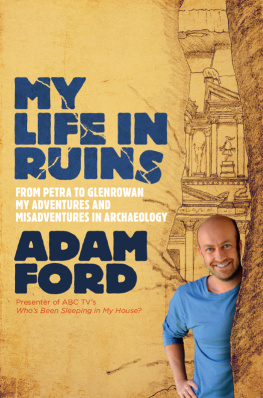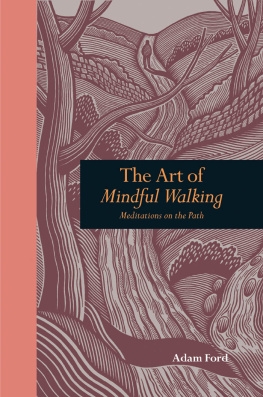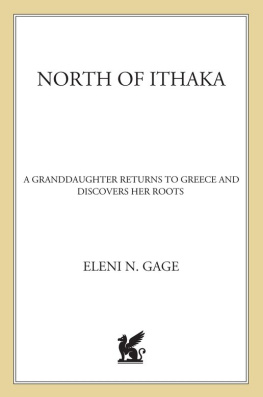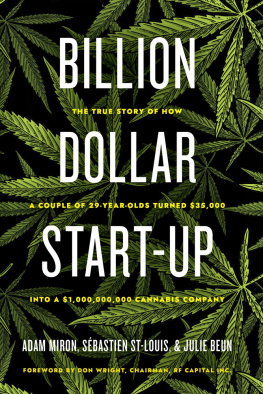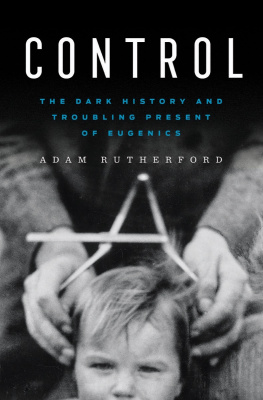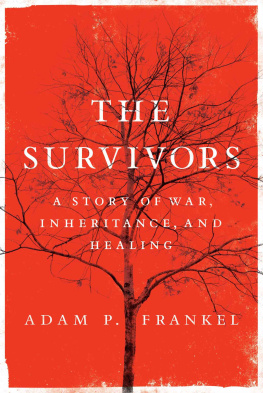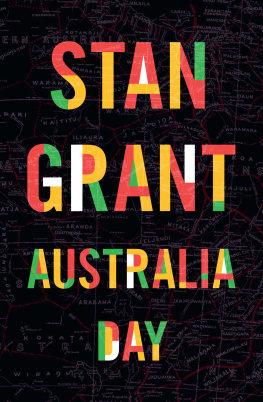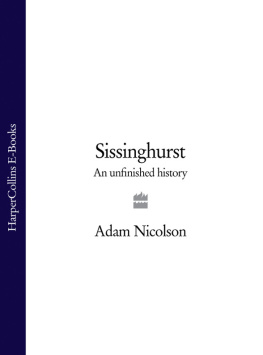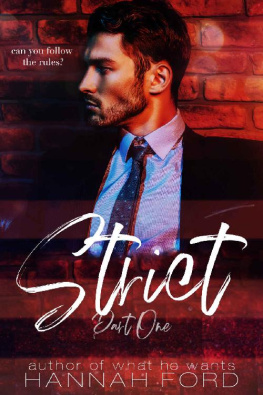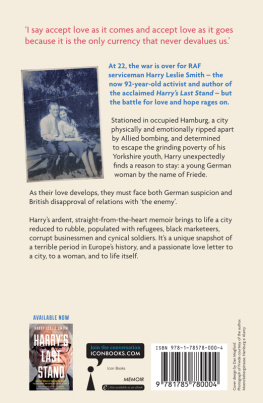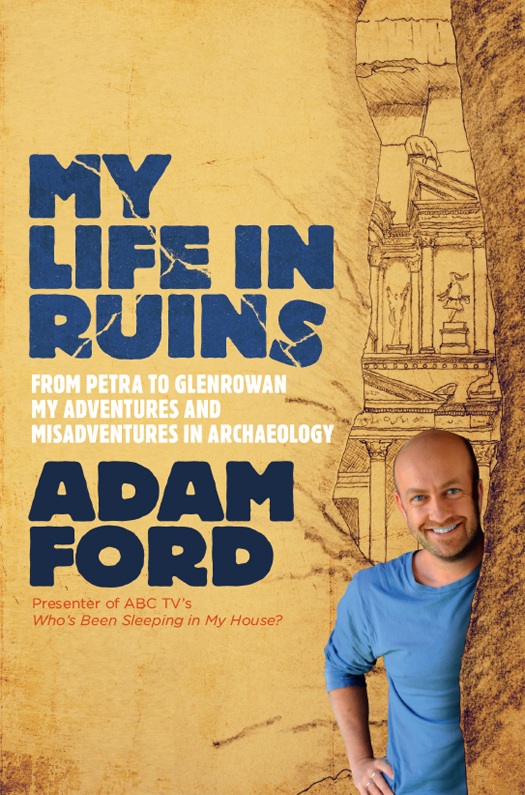To the extraordinary IT
and the gorgeous Mixed Grills
CONTENTS
Guide

The History of every major Galactic Civilisation tends to pass through three distinct and recognisable phases, those of Survival, Inquiry and Sophistication, otherwise known as the How, Why and Where phases. For instance, the first phase is characterised by the question, How can we eat? The second by the question, Why do we eat? And the third by the question, Where shall we have lunch?
Douglas Adams, The Hitchhikers Guide to the Galaxy, 1981
I work in the past and with people generally lacking in flesh, so sometimes I am a little slow at picking up on the subtle indicators of peoples moods. But I could recognise an angry person when I saw one and I was looking at one now advancing across the archaeological dig site towards me, with a gun, a police uniform and, most worryingly, mirrored sunglasses.
Hello, officer, I said.
He stopped uncomfortably close to me. Is that yours? he said, pointing at my old green Land Rover.
Err... yes it is.
Its parked illegally. Move it before I give you a ticket. He hadnt turned his head during this brief conversation and I was drawn to the distorted and nervous reflection that stared back at me from his sunglasses.
I apologised, said I had no idea I couldnt park there and would move it immediately. I started patting my pockets for my keys.
He stepped in closer until his face was inches from mine. Just watch yourself, okay? We dont fucking like Ned Kelly, all right? Hes a cop killer.
I didnt know what to say so I didnt say anything, just nodded slightly.
With that he turned and stalked off, pausing to look at his now muddy shoes. He threw me a parting grimace before jabbing a finger at the Land Rover and getting into his patrol car.
I slowly breathed out and looked across the vacant block where the team had just started to clear away some of the surface vegetation. It was early June 2008, I was four hours into digging the most famous historical site in Australia, and the local police had just made it very clear that we werent welcome in town.
That town was Glenrowan and the vacant block was the location of Ann Joness inn, the site of the famous siege and gun battle between the Kelly Gang and the Victorian colonial police on 28 June 1880. In late 2007 I had been commissioned by the government to excavate the inn site. This would be the first occasion anyone had archaeologically investigated the famous landmark. By this time I had over fifteen years experience as an archaeologist on digs around the world, from beachfront campsites in Barbados to desert villages in Jordan, from Cold War bunkers in the UK to remote islands off the west coast of Australia. It was an unbelievable honour to be trusted with the dig, and even though Id been directing excavations for almost ten years, this one was a daunting task.
This excavation was the culmination of my career to that point. After all, who gets to dig into a legend? I certainly didnt see that in my future when I first became interested in archaeology. Mind you I was quite young.
*
I was seven when a dead monk called Alphonse pointed my career path out to me.
It was during the summer of 1977, 10 July to be precise, about eleven oclock in the morning. Up to this point the British summer had run to script and had therefore been dreadfully disappointing. The previous year, the fabled summer of 76, was the hottest since records began for our typically mild, damp islands. For fifteen consecutive days, between 23 June and 7 July, the thermometer had topped thirty-two degrees Celsius, and my hazy recollection is one of a golden time, not least because it was the last summer that the whole family would be together. Debbie, my older sister, headed to university in the autumn of that year to study archaeology.
The summer of 77, however, was cool and dull. The chart music avidly followed in the Ford household was, with the exception of Donna Summers I Feel Love, just terrible. And I was bored. Bored, bored, bored, bored, bored. Im seven years younger than my nearest sibling, Matt, and eleven and twelve years younger that my eldest brother, Mark, and sister, Debbie, respectively. That meant in 1977 I played a lot of toy soldiers in the back yard while the others explored the worlds of dates, pubs and punk rock.
When my parents announced that they were taking me to visit Debbie on an archaeological dig, I was in the back seat of the Ford Zephyr before they had finished cutting the sandwiches. Sandwiches were a must on any Ford family road trip, no matter how short. Usually corned beef (from the can that opened with a key and was designed to inflict nasty gashes on anyone within a couple of feet of it) and Branston pickle, or cheese and Marmite (a British spread saltier than Lot after he decided to have one last look over his shoulder at home and with the consistency of road tar, but totally delicious). Always accompanied by a tartan Thermos of steaming hot tea.
Mum and Dad, bless them, had taken Debbies unusual and last-minute degree choice in their stride. A little more than a year before, she had been heading to medical school, but a change of heart meant that we found her six feet down a muddy, occupied grave in the grounds of Lichfield Cathedral, wearing a pair of oversized grey dungarees and a very big smile.
By and large, archaeologists arent a particularly intimidating bunch of people, but this was the 70s and I remember a bewildering amount of hair and lurid, chunky knitwear floating about the site. Awkward and shy was my usual modus operandi around adults (with or without lots of hair) and so, after a blushing introduction to Debbies muddy friends, I scampered off. My parents picked their way across the site, trailing behind the tousled head of Martin Carver, the site director and prominent British archaeologist, while he expounded on medieval monastic life.
I really hadnt the foggiest what was going on or what my sister was doing. She had left for university as a straight-A student with pigtails and a backpack, to return only a few months later wearing black make-up and a safety pin through her ear, listening to bands called The Slits and Sham 69 and saying Bog off all the time. And now she was digging holes in the ground and finding skeletons. To a young lad like me, her whole transformation was unnerving but darkly thrilling.
I climbed to the top of the largest heap of dirt that had been cast up next to the trenches and was sitting there surveying the whole dig when I looked down between my feet and saw a grubby bone seemingly pointing directly at me out of the ground.
I picked it up and turned it over in my hands, rubbing the sticky wet clay off its grey surface. It was small; maybe a couple of centimetres long. Of course I had no knowledge of such things back then, but I immediately decided that it was a human bone. The thought fired my imagination and scared me at the same time, and sent me tumbling down the spoil heap in a dead sprint towards Debbie, who was talking with Mum and Dad and the director. I stopped in the middle of them and held out my hand with the bone lying in my palm. Mum clucked at me, Debbie smiled and asked what Id been up to, and the director swept up the bone and, after a quick glance, asked me where Id found this treasure.
Up there, I said, pointing at the crest of the spoil heap.
Oh, muttered Martin, and regarded the odd assortment of hippies kneeling down in the dirt, scraping away with their trowels. He scowled. Right, well what you have there, son, is an intermediate phalanx.

